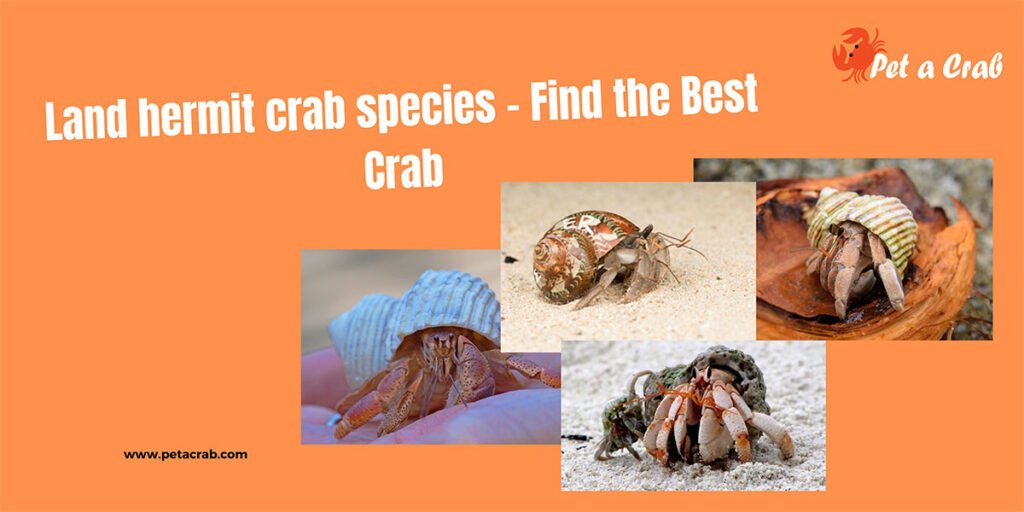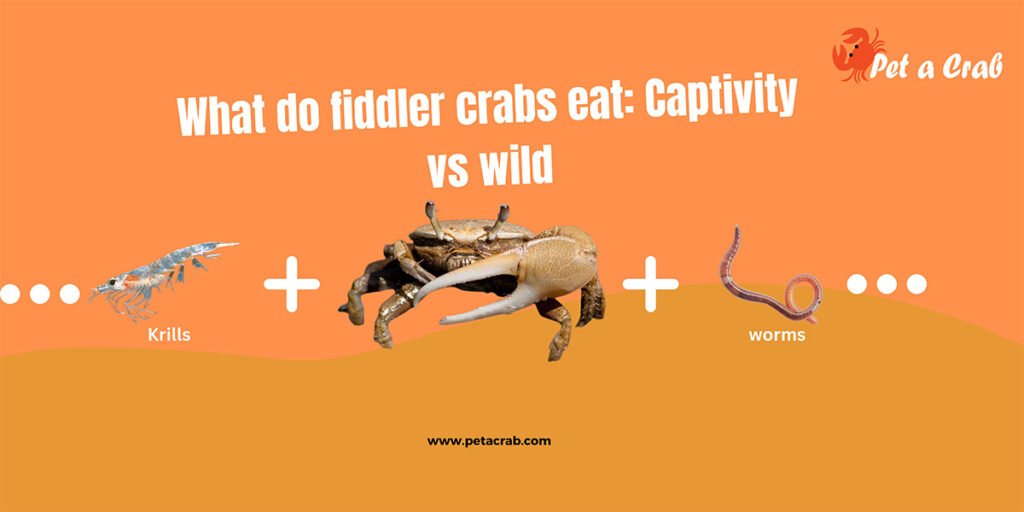In the ocean, the pom pom crab stands out for its unique and eye-catching appearance. It has decorated claws that resemble cheerleader pom pom. These crabs are not only charming but also very useful in the marine ecosystem. Here, we are going to discover about their lifestyle, reproduction, lifespan, and more.
So, let’s discover the fascinating world of this marine creature.
A Glimpse into Their Life
The pom pom crab resides in the warm water of the Indo-pacific ocean. These crabs are also known as cheerleaders and boxer crabs. They carry a sea anemone around in each of its claws. There are 10 different types of pom pom crab all over the world. Although all of them are quite small.
They lead a nocturnal lifestyle. During the day, they hide from predators. Generally, they hide under rocks in the ocean. Primarily they eat detritus and minute organic particles. They eat those from the ocean floor which shows their opportunistic feeding habits. They are very defensive towards other species. These crabs play an important role in contributing to diversity.
Relationship with The Sea Anemones
The relationship between pom pom crab and sea anemones stands as an example of cooperating in the natural world. Eventually, this behavior benefits both organisms. Creating a partnership that enhances their survival. The crabs use sea anemones’ stinging tentacles as a means of defense. That allows the crab to forage and move freely without fear.
However, in exchange for their defensive capabilities, the sea anemones are provided with mobility. As the crabs scuttle across the ocean floor the anemones come into contact with a range of food sources. And it’s increased their chances of capturing nutrients. As they have a unique collaboration both pom pom crabs and sea anemones each contribute to the survival and prosperity of the other.

Reproduction and Lifespan of Pom Pom Crab
The reproduction journey of pom pom crabs is not only fascinating but also critical to continue in the marine world. After mating, the females carry fertilized eggs beneath protection. That is to provide safety until the eggs hatch. After hatching the other phase is larvae. The larvae need to develop amid the vast ocean.
Truly each stage brings them close to their adult crab form. The development journey from eggs to adulthood plays a pivotal role in sustaining the pom crab population. Also, in a harmonious balance of natural conditions, the pom pom crab can live peacefully throughout the year. They live for an average of about one or two years.
The Pom Pom Crab Care As a Pet
The pom pom crabs are fascinating as pets. Cultivating a thriving habitat for them, you need to set up a home for them. So, this setup needs to mimic their natural environment. Let’s discuss the care setup!
1. Tank Size
Firstly, you should choose a tank for them. As they are small they don’t need a big aquarium to live. A 5-gallon tank is good for them. There you can have a couple of them together. But A 10-gallon tank is a better choice which provides them with a lot of space. Also, they can roam freely in the tank.

2. Water Parameters
For living in the tank they need proper water parameters that include temperature, hardness, and pH. The temperature is between 68°F-78°F and the hardness needs to be less than 30 dkH. Also, the pH levels are in the range of 7.2-8.2. The tank needs a lid with no gaps. As the crabs can escape from the tank.
3. Heater and Humidifier
The pom pom crab needs a perfect temperature and humidity to live. So to warm the tank, a heater would be the best option. Also to get a moist environment in the tank a humidifier will work well.
4. Substrate
In the tank substrate is a really important element. They love to burrow and play in the substrate. For their substrate choose a fine sand, oil, or coconut fiber. They burrow in the substrate with their claws and make fun.
5. Decoration
Add plenty of decoration to the tank. Decoration will enrich their environment. You can use gravel, driftwood, PVC pipe, real plants, artificial plants, etc as decoration. Decoration helps them to have fun and play. So, it’s truly necessary to add decoration to the tank.
6. Diet
In terms of nutrients, it’s important to offer a variety of food. Also, their food should align with their scavenging diet. You can give any food that gets stuck on the tank floor. Algae, frozen food, live food what you have, you can give them. Also, you can give commercial dry food and fish flakes for protein. Blood worms and baby brine shrimp also keep them healthy.

7. Tankmates
As a tank mate to keep with them, choose a peaceful species. And also choose smaller ones. Peaceful species like snails, shrimp, and other small crabs are preferable. But as they stick in the bottom so choose who sticks in the upper water column. For that, you can choose cherry shrimp, tetras, danions, etc.
But don’t keep aggressive and big species as a tank mate. They can prey on them and try to eat them.
8. Health and Disease
There is not much known about their diseases. But they can suffer from diseases like shell diseases, fungal problems, and parasites. Providing them with the correct living and diet will keep them healthy. Also, always keep the water clean and check the water parameters regularly.
Related article: Interesting life of decorator crab
The Ecological Role
The pom pom crab plays a vital role in the ecosystem of the Indo-Pacific. They contribute to the natural cleanup process by eating detritus and other organic matter. Their activities help to break down organic materials. And also facilitates the recycling of nutrients back into the ecosystem. They not only ensure cleanliness but also support the marine environment.
Conservation of Pom Pom Crab
Pom pom crabs face threats in the marine world. Habitat destruction due to coastal development that risks their life. Also, pollution and climate change pose risks to their survival. Protecting the habitats of pom room crabs is necessary for the marine world.
Wrap Up
The pom pom crabs are beautiful creatures in the marine world. So it’s our responsibility to protect these at any cost for our future generations. I hope this article will help to learn more about these small creatures.


